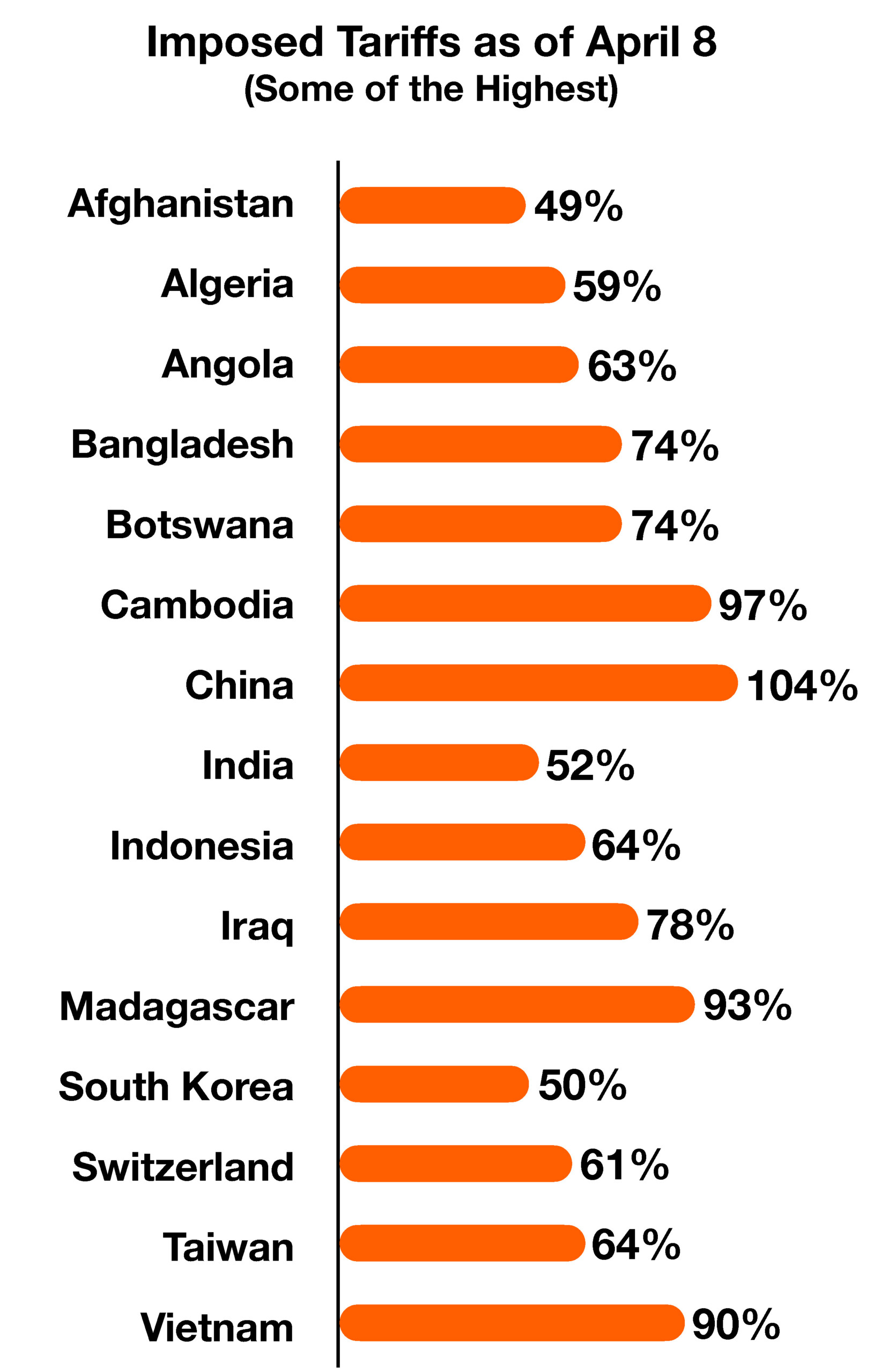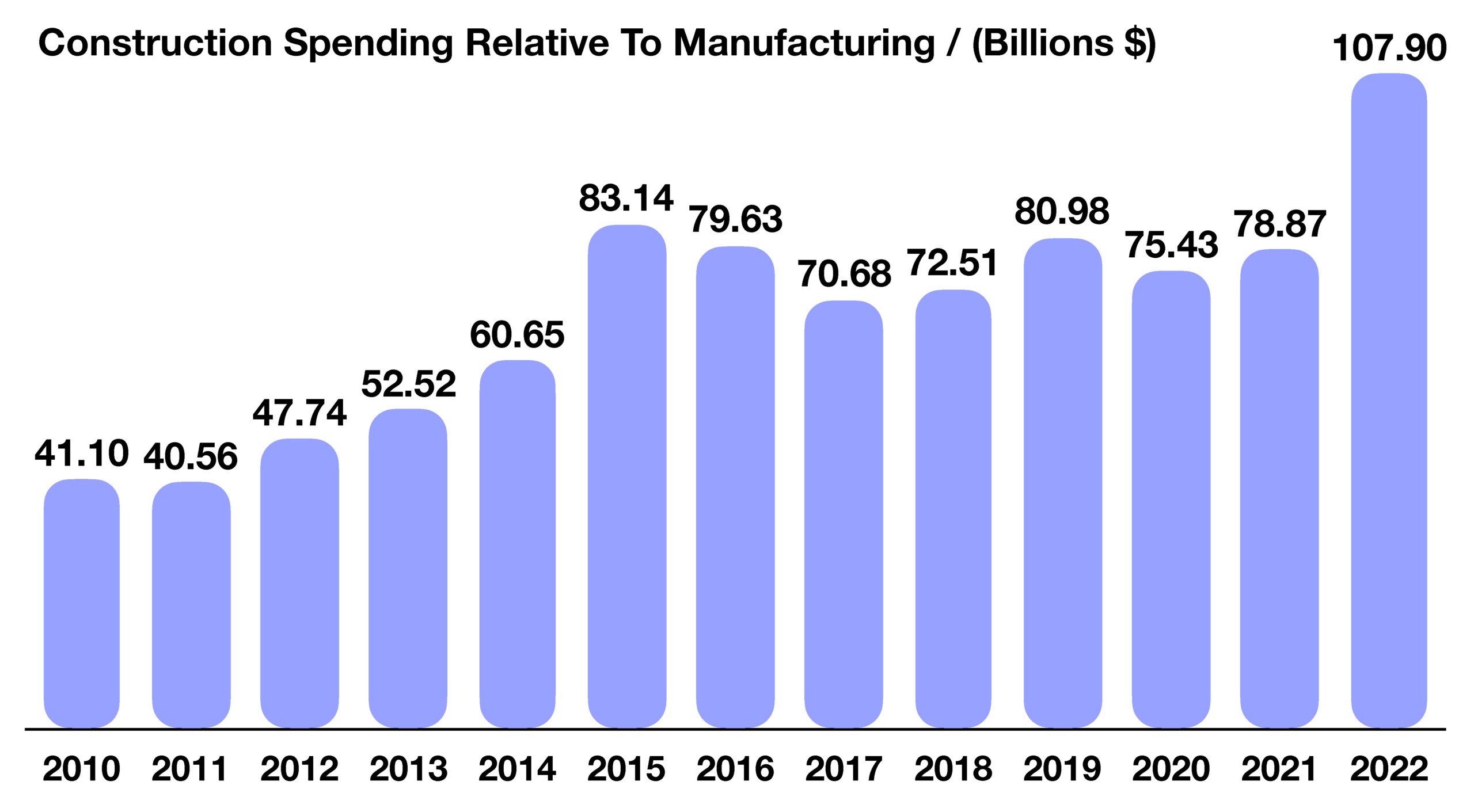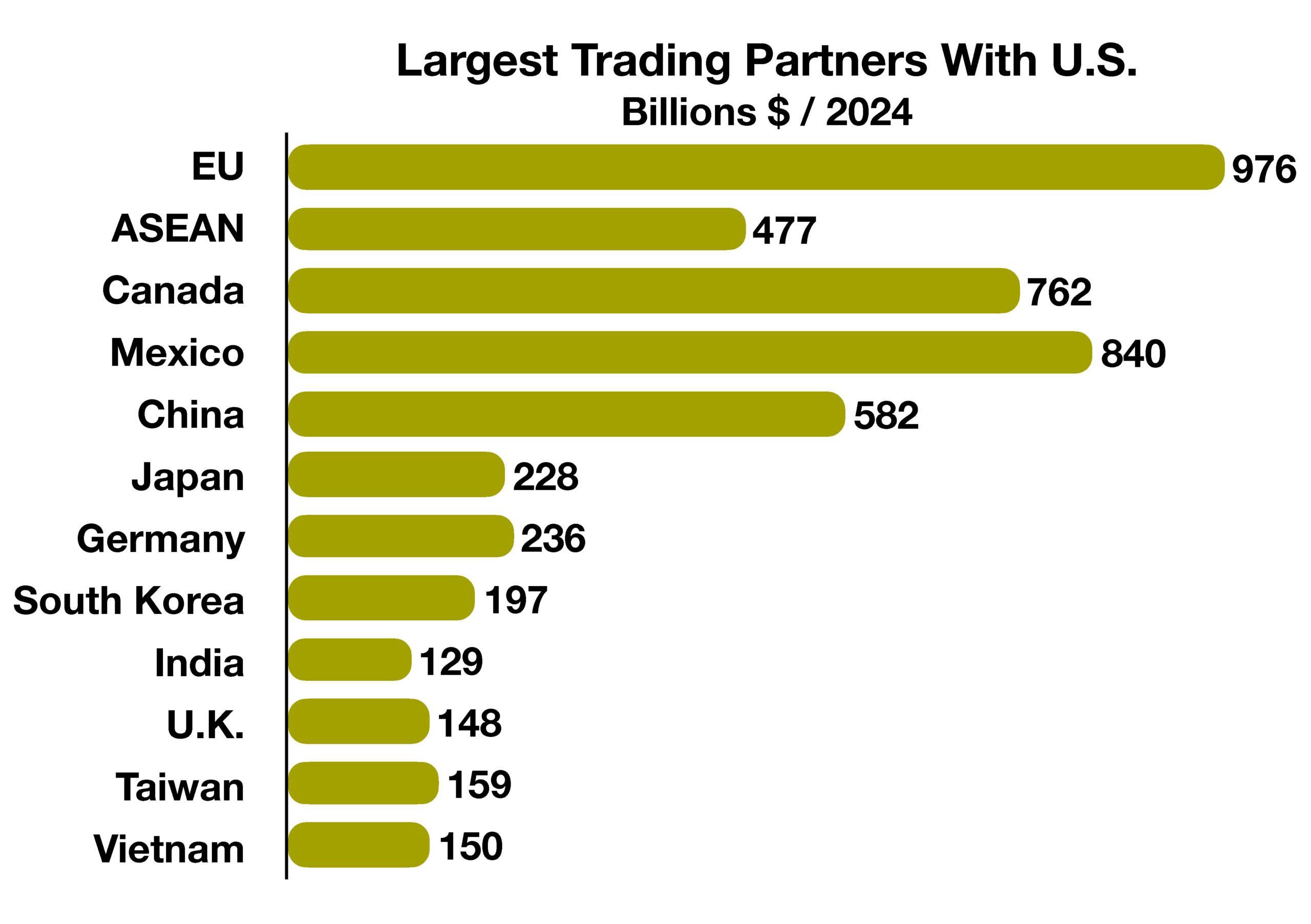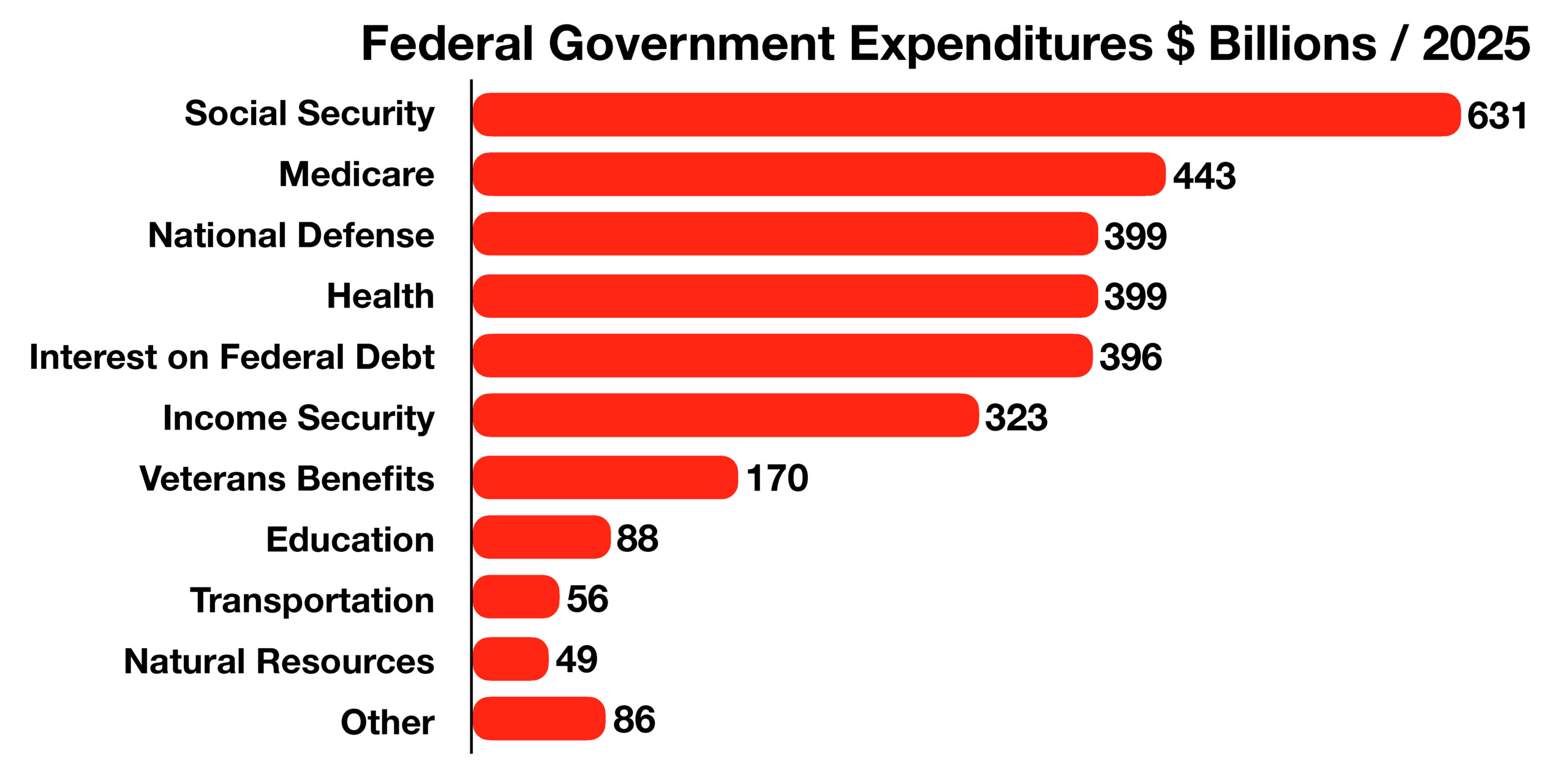
Derek J. Sinani
Founder/Managing Partner
derek@ironwoodwealth.com
7047 E. Greenway Parkway, Ste. 250
Scottsdale, AZ 85254
480.473.3455
Stock Indices:
| Dow Jones | 44,130 |
| S&P 500 | 6,339 |
| Nasdaq | 21,122 |
Bond Sector Yields:
| 2 Yr Treasury | 3.94% |
| 10 Yr Treasury | 4.37% |
| 10 Yr Municipal | 3.27% |
| High Yield | 6.86% |
YTD Market Returns:
| Dow Jones | 3.73% |
| S&P 500 | 7.78% |
| Nasdaq | 9.38% |
| MSCI-EAFE | 15.67% |
| MSCI-Europe | 18.44% |
| MSCI-Pacific | 10.55% |
| MSCI-Emg Mkt | 15.60% |
| US Agg Bond | 3.75% |
| US Corp Bond | 4.24% |
| US Gov’t Bond | 3.72% |
Commodity Prices:
| Gold | 3,346 |
| Silver | 36.79 |
| Oil (WTI) | 69.38 |
Currencies:
| Dollar / Euro | 1.15 |
| Dollar / Pound | 1.33 |
| Yen / Dollar | 148.58 |
| Canadian /Dollar | 0.72 |
Macro Overview: Turmoil sweep throughout the global markets as the tariff announcements were broader and more significant than expected. Economic contraction worries have surpassed inflation fears as the toll of tariffs on global trade casts doubt on the rate of continued expansion.
Major equity indices globally shed trillions in valuations as the fear of disruption in global trade led to uncertainty and retaliation among international trading partners. Commodity prices as well as cryptocurrency values tumbled as uncertainty pummeled through the domestic and international financial markets. Cryptocurrencies plunged worldwide as bonds and cash became safe havens amid spontaneous selling pressures and uncertainty roiled global markets.
Consumers rushed to stores and auto lots nationwide in anticipation of increasing prices for imported products. A consumer-led contraction in economic expansion is expected to follow higher prices driven by the newly imposed tariffs. Economists and analysts believe that the wealth effect will start to influence consumers as the dramatic pullback in equity markets devalues stock portfolios for millions of Americans.
What was not expected was the inclusion of numerous smaller exporting countries which will also be imposed a minimum 10% tariff on all goods exported to the U.S. Most businesses end up passing on much of the cost through higher prices to suppliers and consumers. This is why tariffs are often described as “regressive taxes on consumers.” The tariffs will have a broader impact on consumers, who will likely bear the cost of the tariffs, leading to higher prices and a potential economic slowdown.



